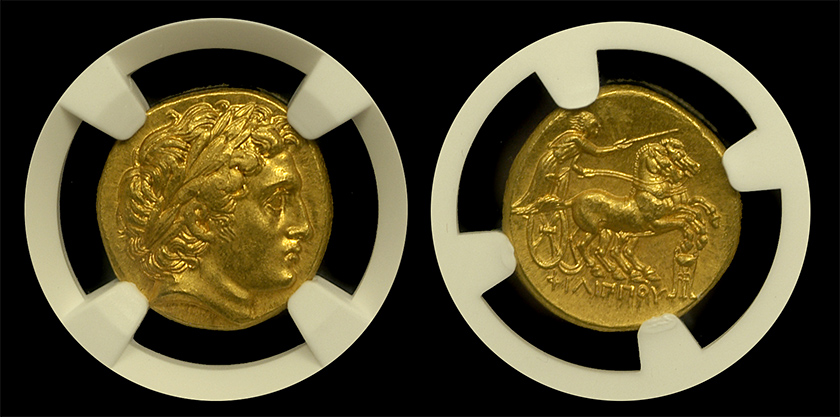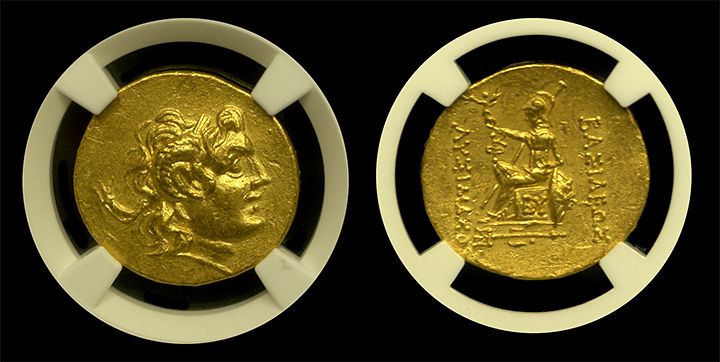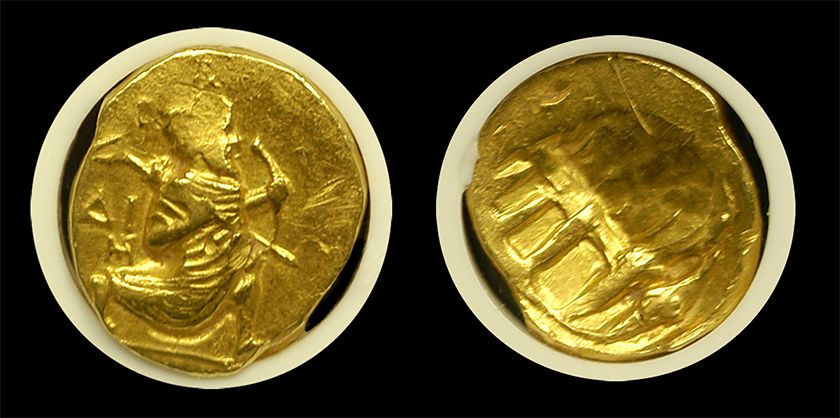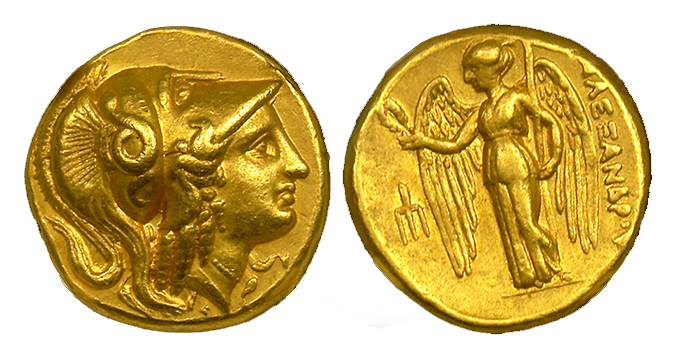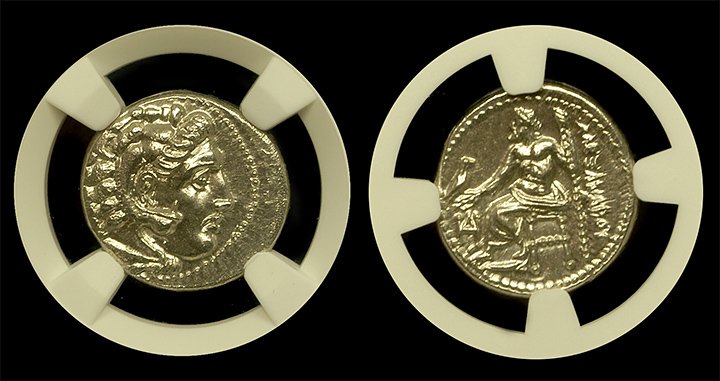
Alexander the Great's Legacy in Gold
April 10, 2025
Conquering Minds
Alexander the Great didn’t just conquer territories. He conquered minds. Furthermore, he used gold to do it.
Lysimachus: Warrior Turned King was born around 360 BC in Thessaly, a region known for its fierce warriors. He came from a noble family and was trained in ...

